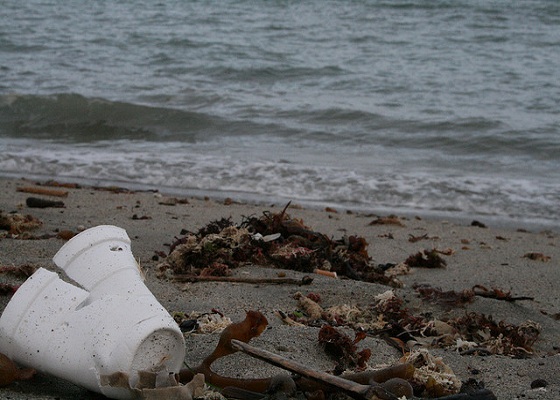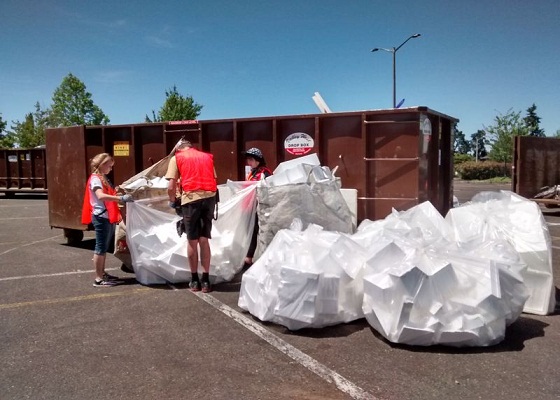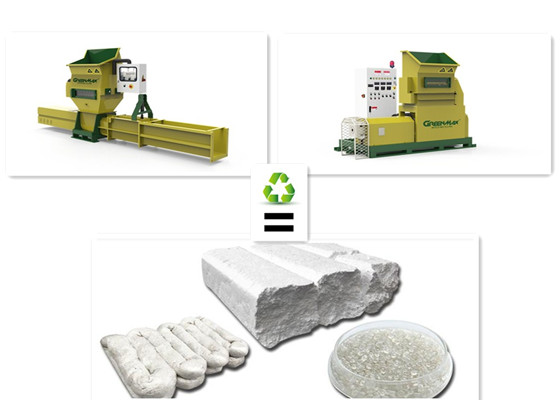EPS, also called expanded polystyrene as the scientific term, acts as the common products range from restaurants and building construction industry. But the wide applied material always has problems in its disposal.
It’s a non-biodegradable material. The estimatyes on how long it takes expanded polystyrene to degrade vary wildly depending on who ou ask and what the method of decomposition is. Some people say a decade, others say 500 years, and still others say it will take a million or more years. But one thing is certain, the rate at which we’re putting Styrofoam in landfills is much higher than the rate it’s decomposing. The Styrofoam you see in packaging is chemically inert and very difficult for organisms to break down naturally.
While what can we do with waste polystyrene? If you must use disposable containers and cups, you can use biopolymer-based kitchenware. Waste polystyrene modules can be carved to make crafts; But if you want to get rid of it in the most responsible way, recycling is the best choice.
Recycling is a community effort to achieve economic sustainability. In other words, municipal units or polystyrene producers must sponsor. Although it might be later. Incidentally, the stats we’ve seen to date indicate a recycle rate of roughly 10% for this kind of material. There is plenty of space for improvement.
If you are really willing to recycle polystyrene, the methods are always there. INTCO, which has committed to polystyrene more decades, has rich experience in this industry. GREENMAX, the machine designed by INTCO, is a polystyrene recycling specialist. There are more three types of machines with more than ten models. The polystyrene compactor and foam densifier are the most popular types. After compacting or melting, the recycled polystyrene will be made into pellets and used for the main material of other new products.
Recycling is an ecologically acceptable way to dispose of waste polystyrene with the application of GREENMAX polystyrene recycling machines.


